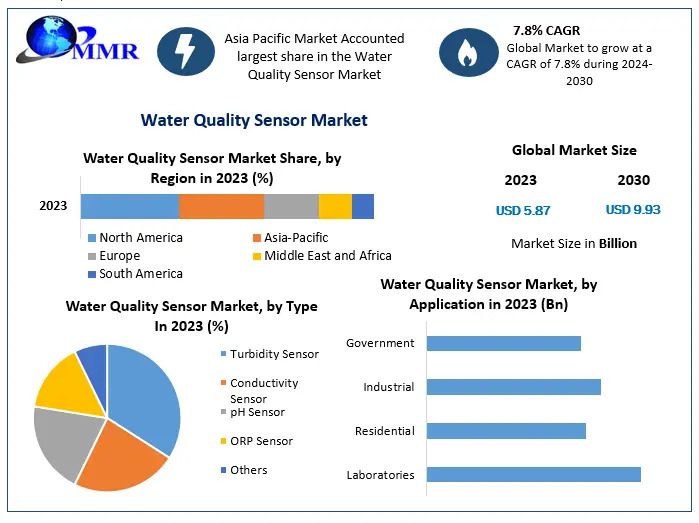The Philippines is growing rapidly due to urbanization and foreign investment. This growth has increased demand for commercial spaces. Businesses and investors need to understand what affects rental prices to succeed in the market. One of the most significant factors influencing the price of commercial spaces for rent is location. In this article, we will explore how location impacts rental prices in the Philippines, focusing on economic trends, infrastructure development, market demand, and sustainability considerations.
The Philippine Real Estate Market
The Philippine economy is being driven by urbanization. The cities of Manila, Cebu, and Davao are developing rapidly, having increased population and economic activity. More businesses settling in these cities make demand for commercial areas increase, impacting the cost of rental.
Economic Growth and Urbanization
The focus of economic activities within cities such as Manila, Cebu, and Davao is driving this trend. The cities present a combination of new office facilities, shopping malls, and homes, making them perfect for enterprises that want to create a viable presence in the market. A good example is the business areas in Manila including Makati and Bonifacio Global City which are very attractive because they have proximity to key infrastructure and facilities.
Business and Investment Opportunities
The Philippines is desirable to foreign investors due to its geographical location in Southeast Asia. This positions it as an international trade hub, with commercial properties in demand. Rental rates are different depending on the region, based on local economic performance and infrastructure. For example, individuals are interested in Davao commercial property rates, expressing interest in regions other than Manila.
Factors Influencing Rental Prices
Accessibility and Infrastructure
Areas with good transportation connections, such as airports and highways, have more expensive rentals since they are convenient to reach. For instance, the Clark Freeport Zone in Pampanga, with its international airport and seaport, is becoming a top logistics hub, drawing companies that need efficient transport connections.
Special economic zones and business parks influence rental rates as well. They provide incentives and state-of-the-art facilities, drawing businesses and driving up costs. Investors search for answers such as “PEZA zones in the Philippines” and “business parks in Cebu” to take advantage of these incentives. The Philippine Economic Zone Authority (PEZA) zones are especially attractive because they provide tax incentives and efficient regulatory procedures.
Market Demand and Competition
Central business districts like Makati and Bonifacio Global City in Metro Manila command high rental prices due to their status as business hubs. People often search for “office space in Makati” and “rental prices in BGC,” indicating the strong demand for these locations. These areas are home to many multinational corporations and local businesses, creating a competitive environment that drives up rental costs.
Emerging markets outside Metro Manila, such as Cebu and Davao, are becoming increasingly popular, leading to rising demand and prices. This trend is captured in searches for “commercial property in Cebu” and “business opportunities in Davao.” Cebu, known as the “Queen City of the South,” has seen significant growth in its IT-BPO sector, while Davao is gaining traction due to its economic stability and infrastructure development.
Digital Transformation and Remote Work
Remote work has changed the commercial real estate market. Some areas have less demand, while others remain popular due to their connectivity and amenities. The need for flexible, modern spaces that cater to the changing needs of businesses is growing. Niche queries like “smart buildings in the Philippines” and “sustainable office design” reflect this trend, as companies seek environments that support productivity and sustainability.
Sustainability and Environmental Considerations
Companies now prioritize sustainability, leading to more demand for green buildings and eco-friendly locations. Locations with natural amenities or green certifications may attract higher rental prices due to their appeal to environmentally conscious businesses. Queries like “LEED-certified buildings in Manila” and “eco-friendly office spaces” are becoming more common, indicating a shift towards sustainable practices in the industry.
Future Developments and Trends
Current and future infrastructure projects will continue to influence the commercial real estate market by making some areas more accessible and desirable. People are interested in infrastructure projects and how these projects affect real estate. For example, the Build, Build, Build program initiated by the government aims to improve transportation networks and public infrastructure, which is expected to boost economic growth in various regions.
The integration of technology in commercial spaces, such as smart buildings, will further influence rental prices by offering enhanced efficiency and convenience. Smart buildings equipped with advanced automation systems can reduce operational costs and improve occupant experience, making them more attractive to businesses.
Key Takeaway
The impact of location on the prices of commercial spaces for rent in the Philippines is multifaceted, influenced by economic growth, infrastructure development, market demand, and sustainability considerations. As the country continues to evolve economically and technologically, understanding these factors will be essential for businesses and investors navigating the commercial real estate market.













